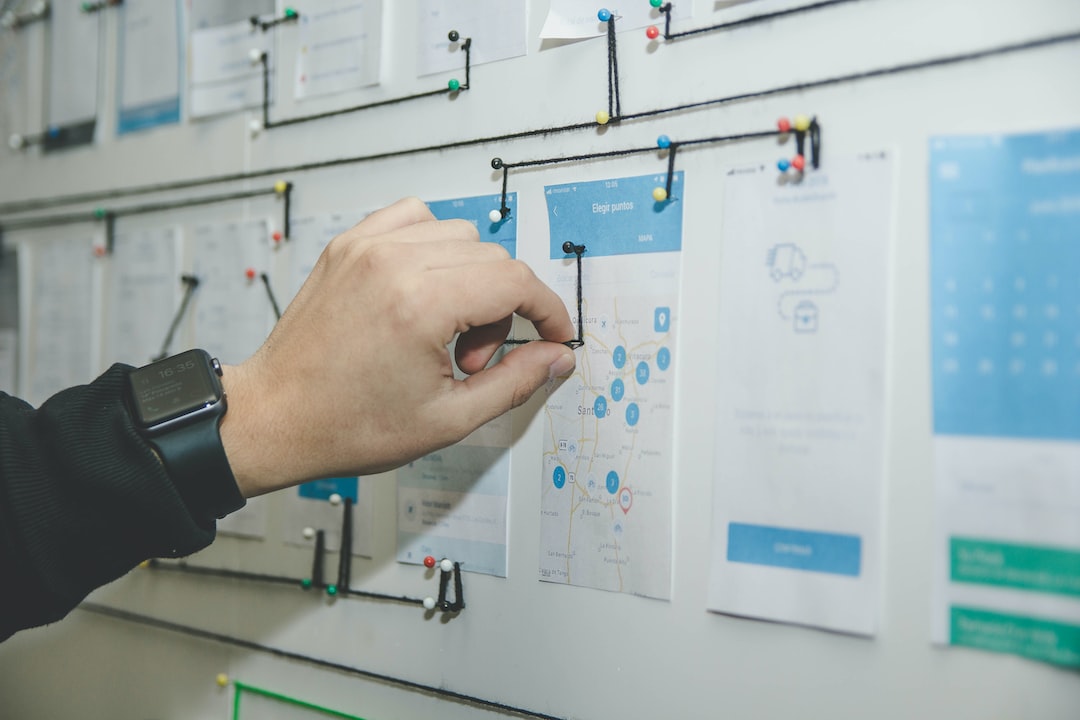Exploring the Art of Typography in Design
Typography is more than just choosing a font for the text in a design project. It is an art form that has the power to communicate emotions, convey moods, and enhance the overall visual appeal of a design. From advertising posters to website interfaces, typography plays a crucial role in capturing the attention of the audience and conveying the intended message effectively. In this blog post, we will dive into the fascinating world of typography and explore its significance in design.
Typography, derived from the Greek words “typos” meaning to make an impression, and “graphos” meaning to write, refers to the style, arrangement, and appearance of letters and characters. It encompasses the art of arranging typefaces to make text visually appealing and readable. It dates back to the invention of movable type in the 15th century when Johannes Gutenberg revolutionized the printing industry with his creation of the printing press. Since then, typography has evolved significantly, and today designers have access to an extensive range of typefaces, fonts, and styles to choose from.
One of the key aspects of typography is legibility. A well-designed typeface should be easily readable, irrespective of the size or medium in which it is used. The choice of typeface greatly depends on the purpose and audience of a design project. For instance, a bold and attention-grabbing typeface may be suitable for a headline, whereas a more subtle and elegant typeface might be preferred for body text. The designer’s goal is to strike the right balance between legibility and aesthetics to ensure that the text is both visually pleasing and easily readable.
Typography also aids in creating a hierarchy and organizing information. By altering the size, weight, and style of the type, designers can guide the viewer’s eyes through the design and emphasize important information. For example, larger and bolder fonts can be used for headings and subheadings to grab attention, while smaller and lighter fonts can be employed for body text to maintain readability. The strategic use of typography helps in dividing content into digestible sections and facilitates better comprehension of the message being conveyed.
Another significant element of typography is its ability to evoke emotions and set the mood of a design. Different typefaces have distinct personalities and can elicit specific feelings in viewers. For example, a script font may convey elegance and sophistication, while a bold sans-serif font may evoke a sense of modernity and strength. Designers leverage these emotional cues to create a visual language that resonates with the target audience. By selecting the appropriate typeface, designers can enhance the overall aesthetic appeal and effectively communicate the desired tone and message.
Typography in design extends beyond just choosing a typeface; it involves the art of arranging and manipulating text creatively. Designers experiment with various typographic treatments such as kerning, tracking, leading, and alignment to achieve desired visual effects. For instance, kerning refers to adjusting the space between individual letterforms to ensure consistent spacing and avoid awkward gaps or collisions. Tracking, on the other hand, involves adjusting the spacing between all the letters in a text block, either increasing or decreasing it, to create a unique visual impact. Leading determines the spacing between lines of text and influences readability and organization. Alignment plays a crucial role in creating a clean and visually appealing layout, with options such as left-aligned, right-aligned, centered, or justified.
The digital era has brought about new dimensions in typographic design. With the advent of web design, mobile apps, and user interfaces, typography has assumed an even more significant role. Designers now have to consider readability across different devices and screen sizes. Responsive design, the practice of creating designs that adapt and respond to the user’s device, makes typography an even more critical aspect to ensure a consistent user experience. In this digital landscape, typography is not restricted to two dimensions but can also incorporate animations, transitions, and interactive elements, further enhancing the visual impact and user engagement.
In conclusion, typography is an art form that stands at the crossroads of communication, aesthetics, and design. It plays a pivotal role in capturing attention, enhancing legibility, creating hierarchy, setting the mood, and evoking emotions. As designers continue to explore the vast font libraries and experiment with typographic treatments, they transform simple text into captivating visual experiences. Whether in print or digital form, typography remains a cornerstone of effective design, breathing life into words and enabling them to leave a lasting impression.
